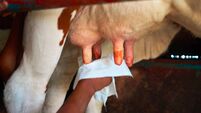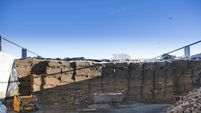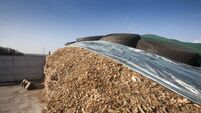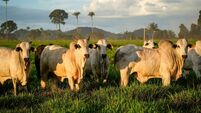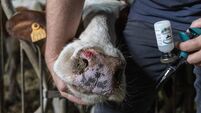Herd Management: Finishing cattle to optimise performance and returns
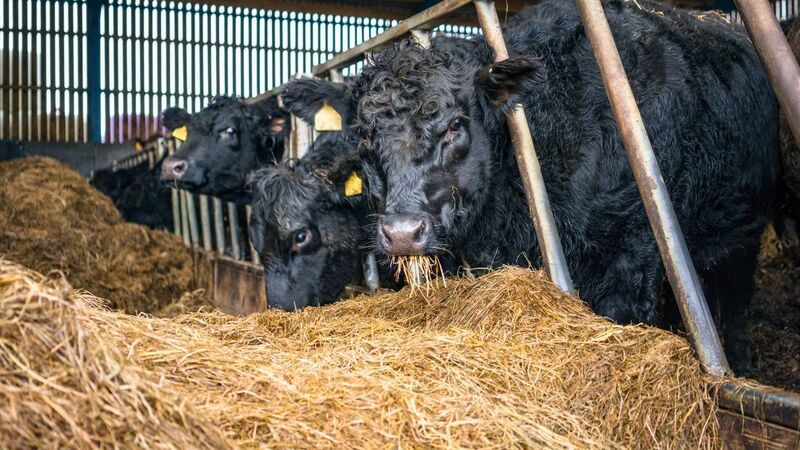
The same questions need to be dealt with each year with regard to the required energy and protein for each group of stock.
I visited a few customers lately who finish a good few cattle each year, and the same questions need to be dealt with each year with regard to the required energy and protein for each group of stock.
While factory prices are not where we all need them to be to get rewarded for our work, it is critical that you finish cattle properly to realise optimum grade and fat score and thus the optimum price for your stock.
Profitability from finishing cattle requires many variables to be right. Rearing and growing home-bred stock well is so important to future animal performance. If you are buying in, the buying and selling costs of the cattle are obviously huge factors in the equation.
Buyers really need to be aware of costs before purchasing stock:
- Are the stock suitable for your system and facilities?
- Are your systems, facilities and management skills capable of finishing top-quality continental stock?
- Are traditional early-maturing breeds more suitable to your system?
- Does your forage have the necessary quality to achieve performance?
- Did your stock, if bought in as calves or home-reared, get any setbacks as calves? Will this have a detrimental effect on subsequent animal performance and will it delay finish and reduce feed efficiency?
- Take account of all of the costs associated with finishing animals.
- Feed costs - are you using bought or homegrown concentrates and forage?
- Minerals - make sure these are balanced correctly for the ingredients being fed.
- Parasite control - know what burdens your herd have and plan accordingly with vaccinations.
- Housing costs - such as bedding, feeding costs, diesel, etc.
- Mortality, etc.
The challenge, as always, is to get weight on animals as quickly and as cost-effectively as possible, while maintaining good animal health, keeping mortality to a minimum, and supplying a good quality high-energy diet consistently throughout the finishing period to achieve a consistent weight gain appropriate for the animal's genetics. A further factor is to also provide a comfortable environment for your stock.
Efficient weight gain is the priority when finishing cattle. Obviously, feed costs are very important, but it must also be the correct diet.
Once you begin to finish cattle, it is critical to keep them on the same diet throughout, with marginal adjustments towards the end if necessary to achieve final cover. Try to buy your concentrates based on their energy value, rather than their protein content alone - remember that energy is what gets flesh on animals.
Energy and protein being balanced correctly are the main drivers of animal performance. Cattle with high muscle potential and the ability for high daily gain will require more protein than early maturing lower carcass conformation types.
Continental heifers will require slightly lower protein than bulls as they don’t have the ability to lay down as much meat and fat on a daily basis as their brothers. Meat is protein, so the more they can lay down meat the more grammes of protein they require in their diet.
The energy content of the diet will help to lay down that protein on the bone and also give the fat cover. Remember that it takes four times the energy to lay down a kilo of fat than it does for a kilo of muscle, so if the diet is low in energy, then it will take much longer to get the desired fat cover.
Underfeeding protein will also have a detrimental effect on all animals' intake potential, and this will also delay finishing significantly. Currently, protein is expensive, but it is very necessary for animal performance.
I have seen a good few finishing cattle in sheds with either very loose dung and/or with a lot of grain passing through in the dung. The reason for is hardly ever because the grain is not rolled, it is more likely to be because the diet is not balanced correctly.
Another reason for this is that all animals cannot eat at the one time if meal is being put on top of silage. In mixed diets, if the mix is very dry, individual animals will attempt to sort out the meal from the forages. This will lead to animals having variable dung consistency when it is assumed that they are on the same diet.
In this instance, some cattle will have runnier dung than others - these are usually the ones eating extra concentrates and less forage. Cattle with firmer dung are mostly the ones forced to eat a much higher proportion of forage.
Water, liquid feeds and Molasses are being used to sort this problem on many farms. Many silages, particularly second cuts are again very dry this year and cattle on many farms are finding it easy to sort out TMRs as a result.
Many still associate loose dung with feeding too much protein. This is very seldom the case, and in actual fact, some are underfeeding protein even to finishers. This is very likely to be the case if maize silage, whole crop or beet are included in the diet.
These dry silages have resulted in quite a lot of spoilage and mould in clamps and bales. These moulds are often toxic and can reduce rumen bug populations significantly depressing digestive efficiency. It is not a good idea to feed this material to any stock. This is also a major cause of loose dung in all types of cattle.
- Brian Reidy is an independent ruminant nutritionist at Premier Farm Nutrition.


